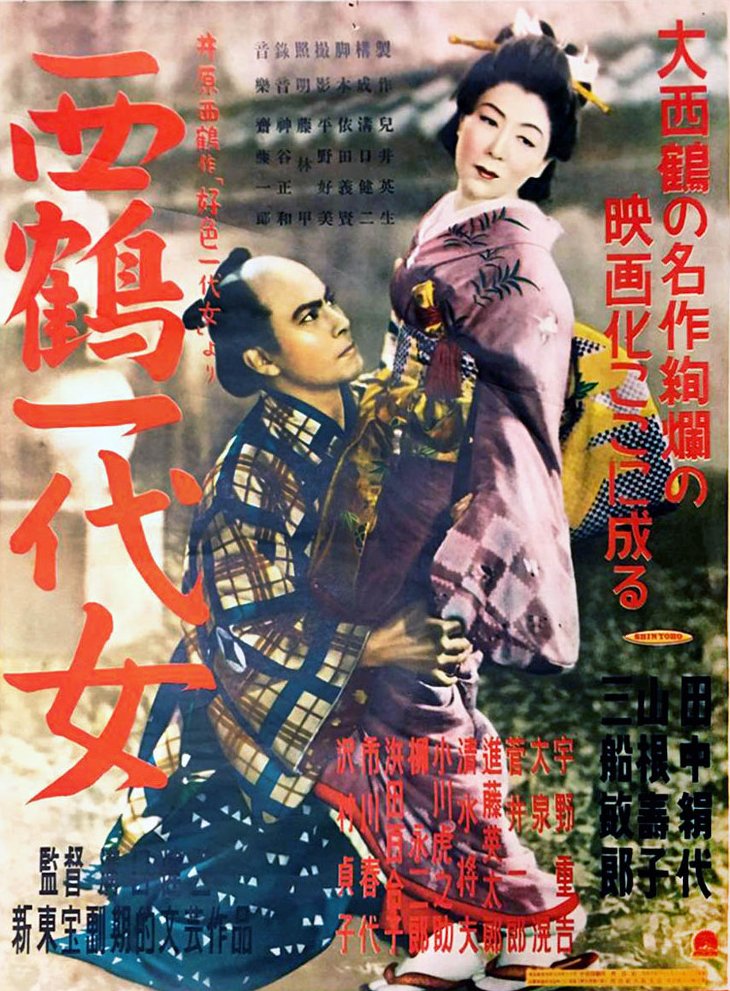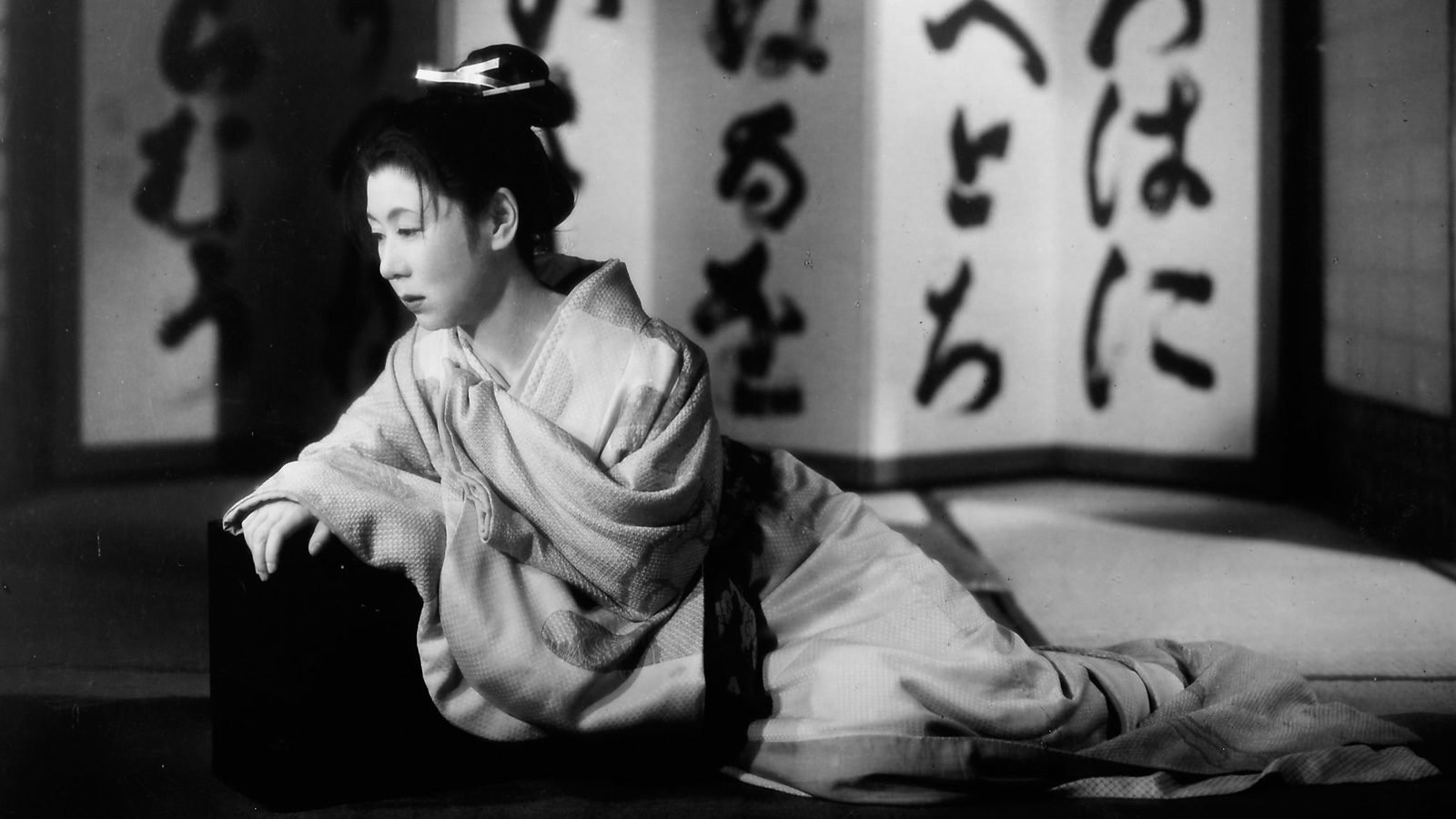Patrick McElroy on the unparalleled mastery of Japanese filmmaker Kenji Mizoguchi
When people discuss the best Japanese film directors, the three names that often come up the most are Akira Kurosawa, Yasujiro Ozu, and Kenji Mizoguchi.
Kurosawa is of course a foundational figure in the world of film, and Ozu is one of the key names in art house circles, but the one that gets overshadowed among the three is Mizoguchi, which is unfortunate, because he’s maybe the greatest among them.
In his films he presents us with a greater female understanding then the other filmmakers, and his visual strength is almost unparalleled in film history. One of his finest films is his 1952 masterpiece The Life of Oharu, which turns 70 this month. The film takes place in the 17th century in Japan and focuses on the fate of Oharu (Kinuyo Tanaka) as she faces the harshness of society through several decades.
Mizoguchi had begun making films in 1923 and was established in his home country through the following decades, but it was in the last decade of his career that he made his finest films. What he displayed in this film is an unflinching study of a female in an industry dominated by male driven films. Mizoguchi’s favorite filmmaker was Josef Von Sternberg, and his influence is seen throughout his career, in that he was also a filmmaker that explored the female mindset, and his use of shadows and light is seen. Which leads to the visual aspect of Mizoguchi, his films contain a great deal of wide shots, like John Ford, but with long fluid camera moves. He also makes great use of deep focus on his films to create an atmosphere almost like painting, to create a multi-layered feel.
Where Kurosawa is considered the great humanist of Japanese film, Mizoguchi is the great Buddhist, his films are often about the sufferings of humanity reflected through his characters. Martin Scorsese once said of Mizoguchi, “All of his artistry is channeled into the most extraordinary simplicity. You’re face-to-face with something mysterious, tragically inevitable, and then, in the end, peacefully removed.” There are moments
in The Life of Oharu that are unbearable, but like a child listens to a story their parents tell them, we watch Mizoguchi knowing there will be a sense of relief. When looking at this or any film in Mizoguchi’s body of work, you get the sense of mastery that few filmmakers have achieved, and this is a great film to start with to witness his genius.
Patrick McElroy is a movie writer and movie lover based in Los Angeles. Check out his other writing at: https://www.facebook.com/patrick.mcelroy.3726 or his IG: @mcelroy.patrick


